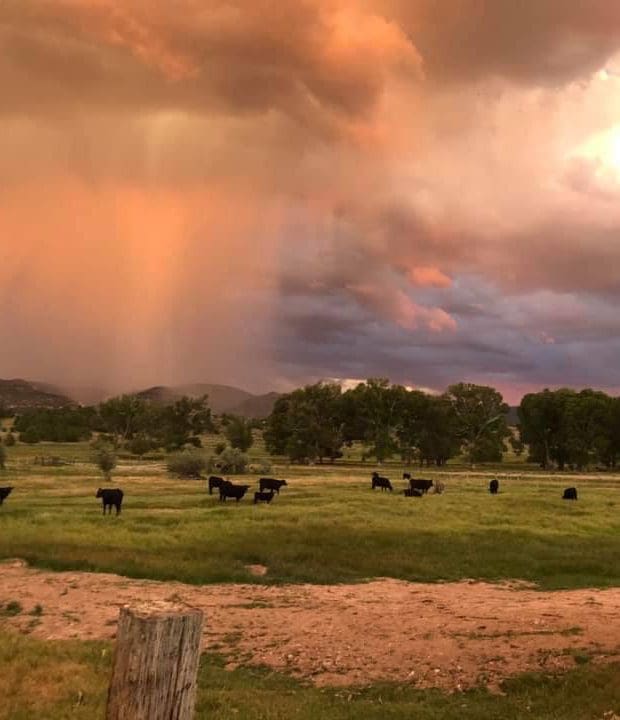IT’S NOT JUST A PLACE
HATCH
IT’S A WAY OF LIFE
Header photo credit: Jolyn Smith
Public Notices
New 2024 Water Rates
The Town of Hatch has adopted new water rates. These rates will take effect July 1st so they will show up on the August billing. Here is a breakdown of the new billing rates.
A RESOLUTION OF THE HATCH TOWN COUNCIL APPROVING THE 2025 BUDGET.

Photo credit: Maggie Martinez
Settlement of Hatch
In 1872, Meltiar Hatch settled at the head of the Sevier River near the Junction of Mammoth and Asay Creeks. He engaged in stock raising and operated a water-powered sawmill. Soon, other settlers came; land was surveyed and irrigation ditches dug. Neils P Clove burned lime to make plasters for homes in the area. The first school was in the Hatch home, Abram Workman was the teacher.
During the last decade of the 1800’s a dam was built at the head of the Sevier River known as the Hatchtown Dam. The structure lasted only a short time as the dam broke about 1899 or 1900 (the exact date is not available), and the gushing water came out, taking some homes and other property that stood near the flow of the stream. The weakening condition of the dam gave time for some cautious ones to move their property to higher ground.
In 1888, the Asay Post Office was transferred to Hatch; Neils Ivor Clove was the postmaster. In 1892, the Church of Jesus Christ of Latter Day Saints organized the Mammoth Ward. Aaron Asay was the bishop. In 1899, the ward name was changed to Hatch Ward. From 1901-1901, The Town was moved to the present site under the leadership of Bishop Rosmus Lynn.
History of Hatch
Hatch (Garfield County) is between Panguitch and Long Valley Junction on US-89. In 1872 The Town of Aaron, also called Asay, was settled near the mouth of Asay Creek. Other early settlements in this area along the Sevier River, Asay Creek and Mammoth Creek were Proctor, Castle, Johnson, and Hatchtown. Hatchtown was settled by Meltiar Hatch Sr., and his two wives, Pamella Snyder Hatch and Mary Ann Ellis Hatch.
